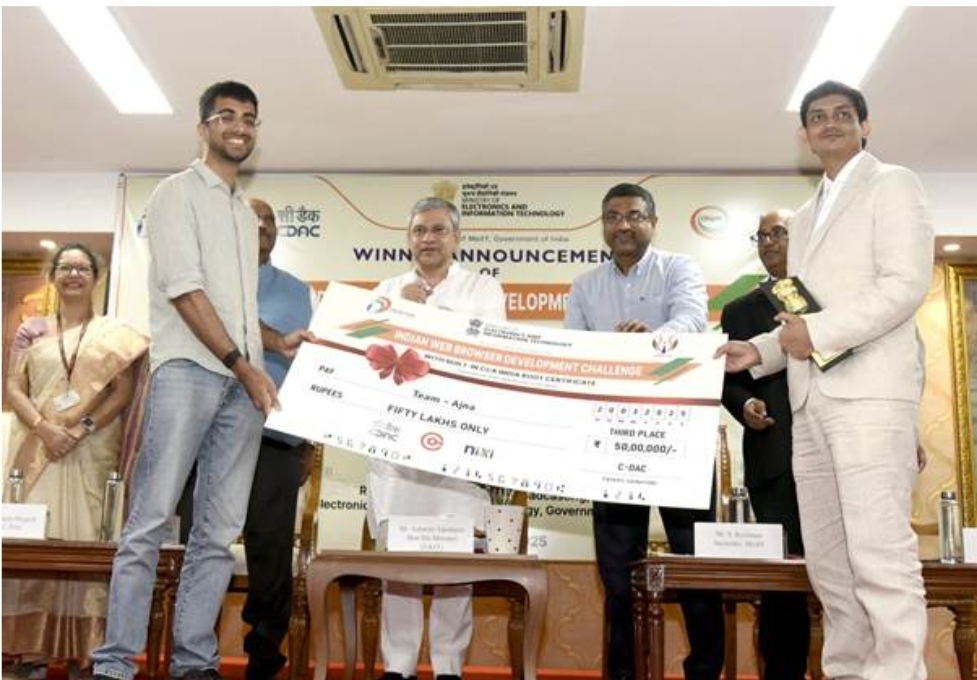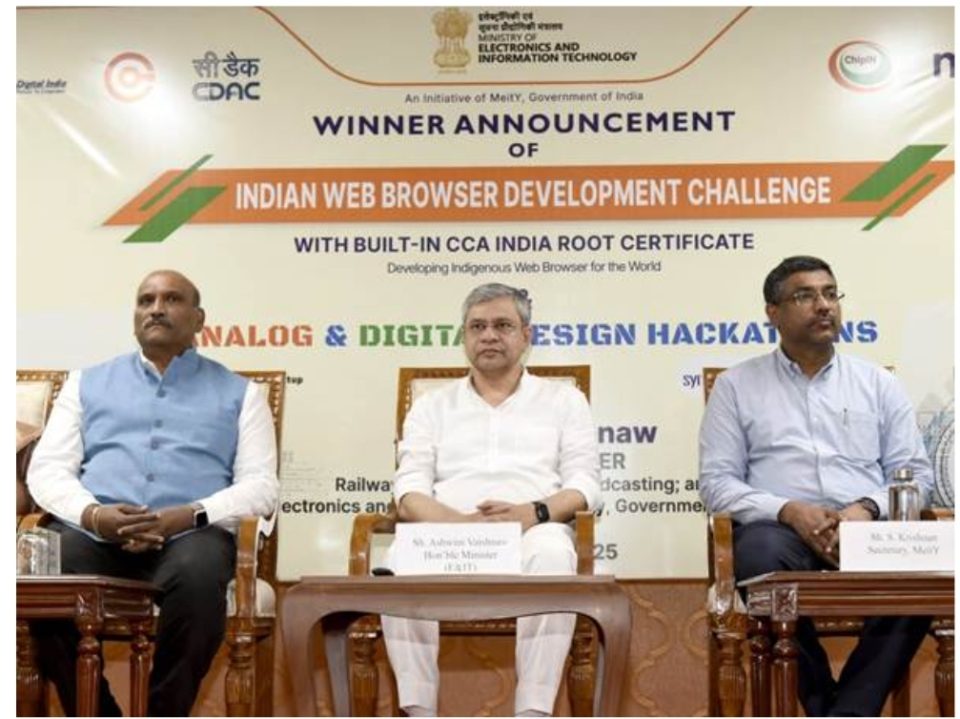India’s Indigenous Web Browser: A CX-Driven Leap Towards Digital Sovereignty
India is making a bold move towards digital self-reliance by developing India’s indigenous web browser. This initiative, launched under the Aatmanirbhar Bharat vision, marks a shift from a service-driven IT sector to a product-focused nation. The Ministry of Electronics and Information Technology (MeitY), in collaboration with the Centre for Development of Advanced Computing (C-DAC), hosted the Indian Web Browser Development Challenge (IWBDC).
This challenge aimed to create a secure, user-centric, and innovative web browser tailored to Indian needs. Zoho Corporation won the competition, while Team PING and Team Ajna secured the first and second runner-up positions. A special mention was given to Jio Vishwakarma for its multi-platform design.
But why does this matter for customer experience (CX)? The answer lies in data security, user trust, accessibility, and inclusivity. India’s homegrown browser is set to enhance digital interactions, giving users greater control over privacy, safety, and seamless browsing.
CX at the Core of India’s Indigenous Web Browser
1. User-Centric Innovation for a Better Experience
A web browser is the gateway to the internet, enabling users to browse, communicate, and transact online. However, most widely used browsers are foreign-made, often lacking India-specific features. Recognizing this gap, MeitY challenged innovators to build a browser that caters specifically to Indian users.
Participants in the competition came from startups, students, and researchers, bringing diverse perspectives to browser development. The result is a user-first product designed for seamless functionality, enhanced security, and multilingual support.
Additionally, the new browser will include:
Child-friendly browsing for safer internet experiences.
Parental controls to help families regulate online activity.
Web3 support to align with next-generation internet technology.
These features directly enhance customer satisfaction, making the browser more secure, accessible, and future-ready.
2. Security and Data Sovereignty: CX Differentiators
In today’s digital world, data security is a top priority. Many browsers collect user data, often storing it on foreign servers. This creates concerns about privacy, data leaks, and surveillance.
India’s indigenous web browser offers a secure alternative, ensuring:
Data stays within Indian borders for better security.
Compliance with India’s Data Protection Act, safeguarding privacy.
A dedicated certificate trust store with CCA India Root Certificate, ensuring secure transactions and authentic digital interactions.
By prioritizing data sovereignty, the new browser boosts user confidence, reducing concerns about data misuse. It also helps businesses operate in a compliant, secure environment, improving trust among Indian enterprises and consumers.
3. Inclusivity and Accessibility: A Browser for All
Many global browsers fail to provide seamless experiences for non-English users. In a country where only 10% of people speak English fluently, digital accessibility remains a challenge.
India’s homegrown browser directly addresses this gap by:
Supporting all official Indian languages, making the internet accessible to millions.
Ensuring compatibility with iOS, Android, and Windows, allowing users to browse on any device.
Offering voice and text search in multiple languages, making it easy for non-English speakers to navigate the web.
These features empower users from Tier 2 and Tier 3 cities, giving them equal access to digital resources. By fostering linguistic inclusivity, the browser enhances digital adoption across rural and urban India.
4. From Service Nation to Product Nation: CX Ownership in India
For decades, India’s IT sector has been known for outsourcing services rather than creating homegrown tech products. This initiative changes the game, positioning India as a product-driven tech hub.
With an indigenous browser, India can:
Own its digital infrastructure, reducing reliance on foreign tech giants.
Create a browser optimized for Indian needs, offering better CX than imported solutions.
Strengthen national cybersecurity, preventing external interference in digital operations.
This transformation is critical for both individual users and enterprises. Businesses will benefit from a secure, locally optimized browsing experience, while users will enjoy greater control over their data and online interactions.
5. Fostering Innovation for an Improved Digital Experience
One of the most exciting aspects of this initiative is the widespread participation from startups and researchers. A total of 434 teams entered the IWBDC competition, showcasing India’s immense talent pool.
The competition followed a three-stage process:
- Ideation – Teams brainstormed browser concepts.
- Prototype – Developers built functional models.
- Productization – Finalists refined their browsers for real-world use.
At the final stage, eight teams presented their innovations to a distinguished jury panel. Zoho emerged as the winner, with startups Team PING and Team Ajna securing the runner-up spots.
The government awarded:
₹1 crore to Zoho.
₹75 lakhs to Team PING.
₹50 lakhs to Team Ajna.
A special mention to Jio Vishwakarma for its multi-platform design.
The success of startups from Tier 2 and Tier 3 cities highlights India’s rising tech potential. This initiative not only encourages innovation but also proves that great CX solutions can emerge from grassroots efforts.

A New Era for Customer-Centric Digital Solutions
The launch of India’s Indigenous web browser is more than just a technological milestone—it represents a shift in digital CX ownership. By building an indigenous browser, India ensures that:
Users have greater control over their data and privacy.
Businesses operate on a secure, India-first digital infrastructure.
Innovation thrives, leading to better, localized solutions.
This initiative sets a benchmark for trust-worthy digital interaction, showing that CX-driven technology can align with national security, data sovereignty, and user empowerment.
As India continues to move towards digital independence, the focus remains on creating products that prioritize customer experience. The success of the IWBDC challenge proves that user-first innovation is at the heart of India’s technology revolution.
The journey from service nation to product nation has begun. With India’s Indigenous web browser, users can look forward to a secure, seamless, and inclusive digital experience—designed by India, for India.

